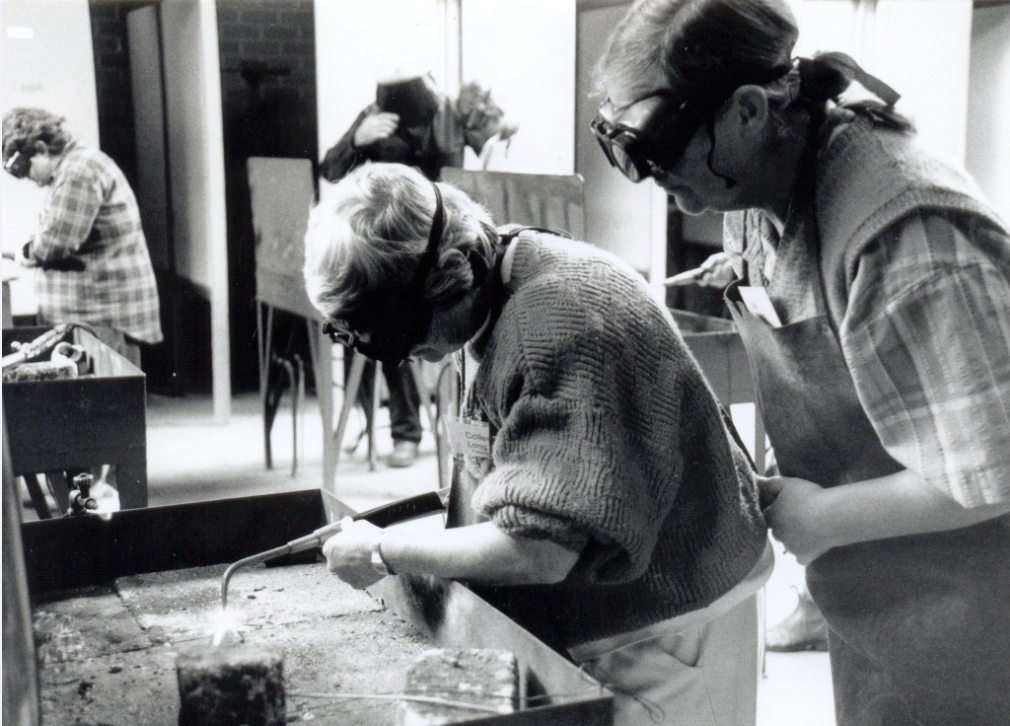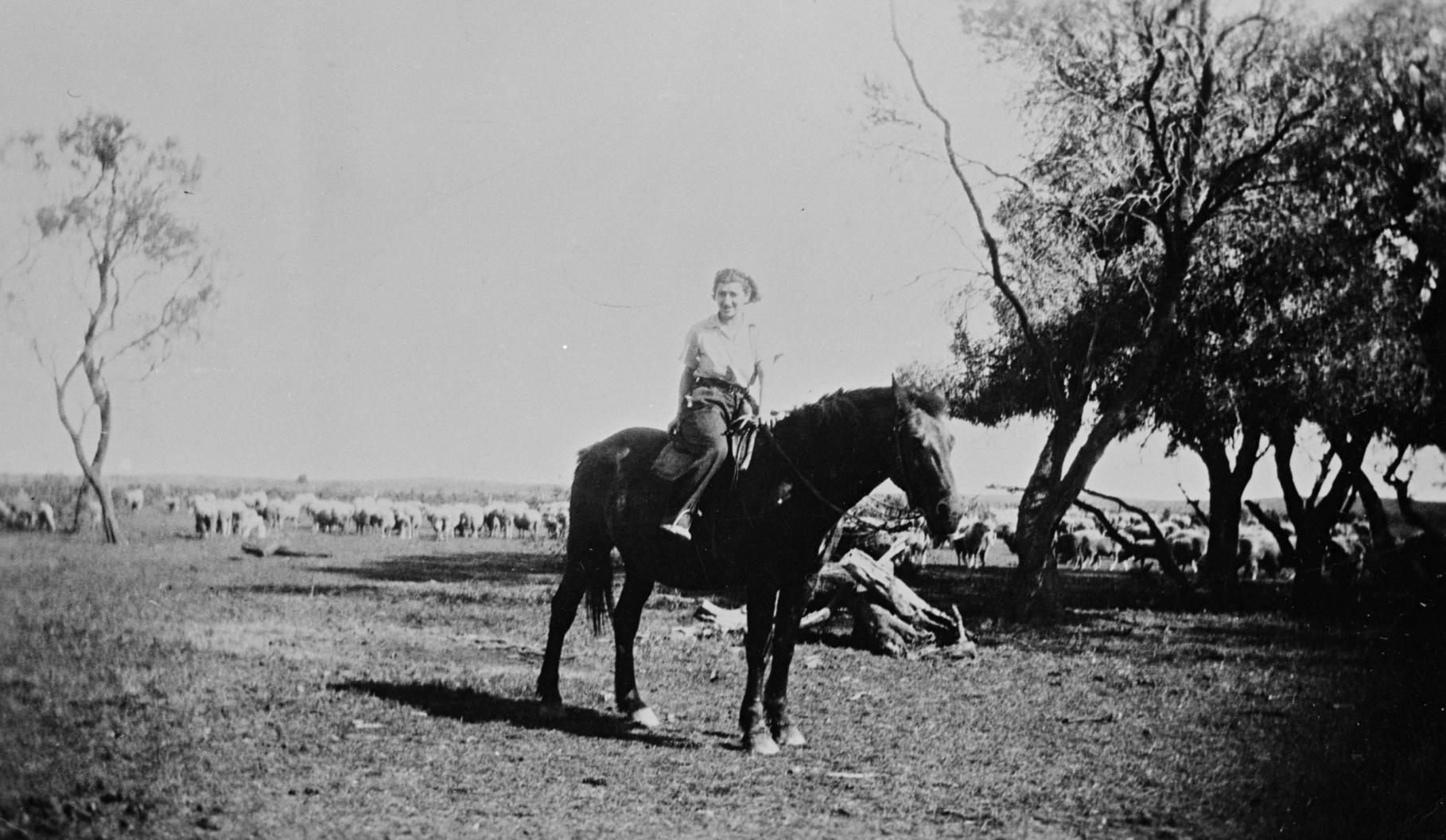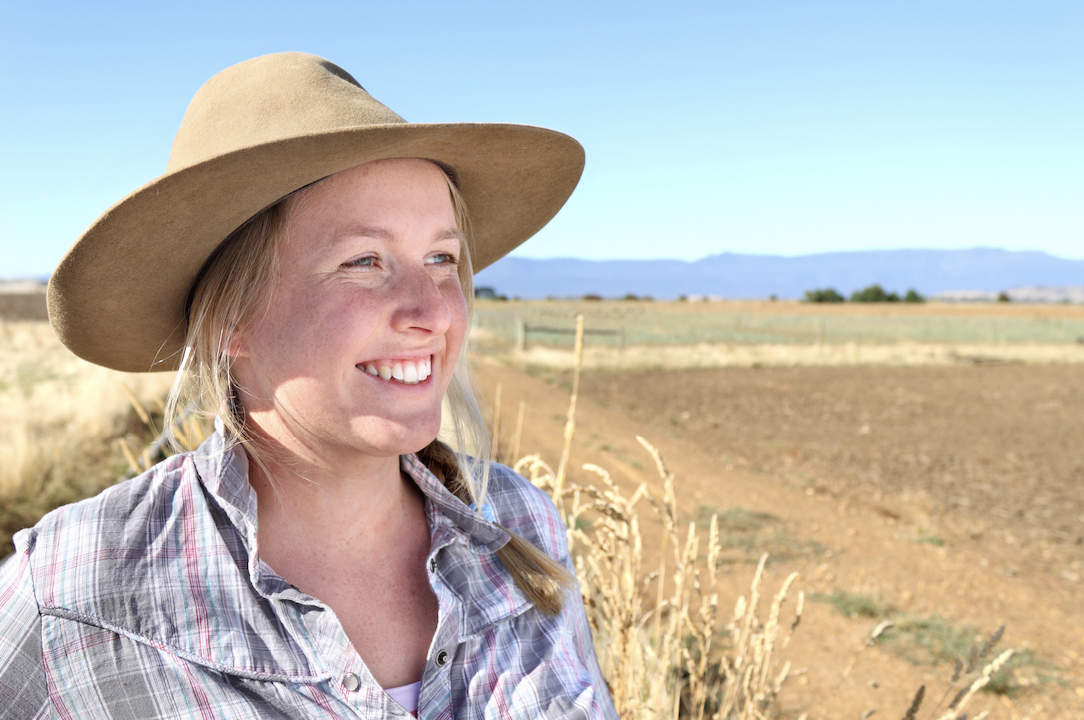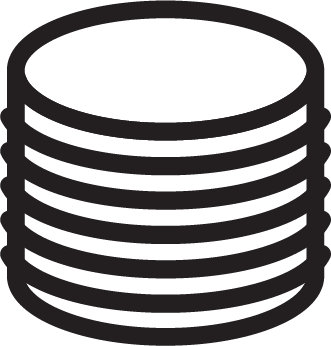A Brief History of Aussie Women in Agriculture
What all Aussies should know about our nation's female farmers
As we celebrated International Women’s Day this Monday, we here at Farmbuy wanted to bring to the fore an increasingly important discussion about women in agriculture, and the ways that gender equality is essential to the future of farming and Australia.
Our story begins with the stark reality that women were not legally recognized as farmers until 1994. On the Australian census, female farmers could only list their occupations as “domestics” or “helpmates”, and in some cases even “farmers’ wives.” Their contribution to their household domestic income and to the country’s agriculture sector – from manual labour on the farm to generating revenue outside farming-related activity – has historically been pushed to the periphery.
Although the situation has improved for Australia's female farmers with legal recognition of their profession, there's still a long way to go. The 2016 census carried out by the Australia Bureau of Agricultural Resource Economics and Sciences (ABARES) reveals that though more women are studying agricultural science at university level – 55% of students identify as female – women make up just only 32% of the agricultural workforce. For a more visible example of gender disparity in agriculture, type 'Australian farmer' into your search bar; women feature in only 2 of the first 15 images.
Results from a Google image search for 'Australian farmer'
What is dissuading women from entering the field? Why is there such a disparity between education and employment in the agricultural sector?
The fight to be acknowledged as farmers
One such reason is the old-fashioned and sexist idea that farming is still a largely male occupation. This is largely the product of an active effort to remove women from the historical record, namely the Department of Agriculture’s refusal to recognise women as farmers in the national census. Between 1891 and 1994, the census did not count women as part of the agricultural sector, discounting them and devaluing their important work.
During the 1960s, as second-wave feminism gained momentum all over the world, Australia also felt the effects of its activism. Rural women lobbied the government for the opportunity to engage in managerial positions of agribusinesses and agricultural associations. During the short time in the early 1970s that tertiary education was made free, many female farmers also completed suddenly-accessible university degrees to further level the playing field.
Another critical achievement of this period was the establishment of the Rural Women’s Network in 1986, which brought together women in agriculture from across the country to unify their demands and empower one another.
The eventual establishment of the Australian Women in Agriculture organisation in 1993 and legal recognition of women as farmers in 1994 are also incredibly important achievements with effects that are still being felt today.
An image from the Rural Women's Movement: women at a welding workshop during the 1994 Glenormiston Women on Farms Gathering, Victoria, Source: Museums Victoria: https://collections.museumvictoria.com.au/articles/4342. Sourced from the Invisible Farmer site.
Ongoing activism by rural women
However, the fight against sexist ideas about women in farming is not over. The recent 2016 ABARES census tells us that since 2011, the number of female managers in agriculture has decreased by 10%, and studies like the Invisible Farmer project (2017-2020) prove that there are still many stories of women on the land that we have yet to uncover from the debris of oppressive history.
The Invisible Farmer study compiled new collections and evidence of the crucial role women have played in agriculture, challenging mainstream narratives. After all, women have always been central to the innovation of the agricultural sector. For instance, Elizabeth McArthur founded the wool industry in Australia between 1801 and 1817, and cases like the Mildura Fruit Picker’s case in 1912 demonstrate how women took on a variety of tasks in Australian horticulture, from picking fruits to pitting and packing them.
Woman Riding Horse, Agriculture, Victoria, 1931: The Biggest Family Album in Australia, Source: Museums Victoria, Photographer: Unknown. Sourced from the Invisible Farmer site.
One wide-reaching impact of the study was the development of the Visible Farmer film project, which we strongly recommend to anyone interested in women in agriculture. The documentary series shone a spotlight on 15 untold stories of contemporary female farmers and their incredible contributions to Australian farming. It also highlighted new sustainable practices carried out by these farmers, linking the important topics of gender equality and food security.
Aboriginal women in agriculture: past and present
An article on women in agriculture and sustainable farming would be incomplete without mentioning the vital contributions of Aboriginal women. It is crucial to recognise the incredibly complex and advanced systems of agriculture and horticulture practised by indigenous communities in Australia prior to European settlement.
The first farmers of Australia had a variety of agricultural practices unique to the location of their practice. Techniques employed by the people of the northern islands of the Torres Strait differed from those who lived in inhabitants of the southern Torres Strait, and methods employed by the Torres Strait Islanders differed entirely from those on the mainland.
Archival photos and documents, like photos from the National Library of Australia or archaeological collections from Museum Victoria, depict women taking part in numerous farming activities. Aboriginal women were fishers and farmers too, setting eel traps and growing yams. Cultivating yams in particular was an incredibly environmentally friendly process, as women would harvest the vegetable in a way that the tubers could regrow the next season.
Today, Darrilyn Gordon is one of Australia’s most prominent Aboriginal farmers. Located in Halls Creek, WA, Darrilyn is a Juru woman who has been cattle farming since her childhood. She grew up fighting for her voice to be heard in her own community, despite backlash from her own people. In addition to running the farm, she also holds three-month camps every year to help other Aboriginal people develop agricultural skills for future employment.
The future of farming
As agriculture continues to grow and develop, in Australia and all over the world, it is critical to continue to highlight the voices of those who have not traditionally been heard.
A female farmer in outback Australia
Shining a spotlight on women in agriculture should not be restricted to International Women’s Day. Every member of our farming communities deserve celebration for their important contributions. The history of Australian farming is richer – and its future brighter – if we honour historical female contributors to this industry and encourage more women to get involved in agriculture going forward.





 Tanks
Tanks